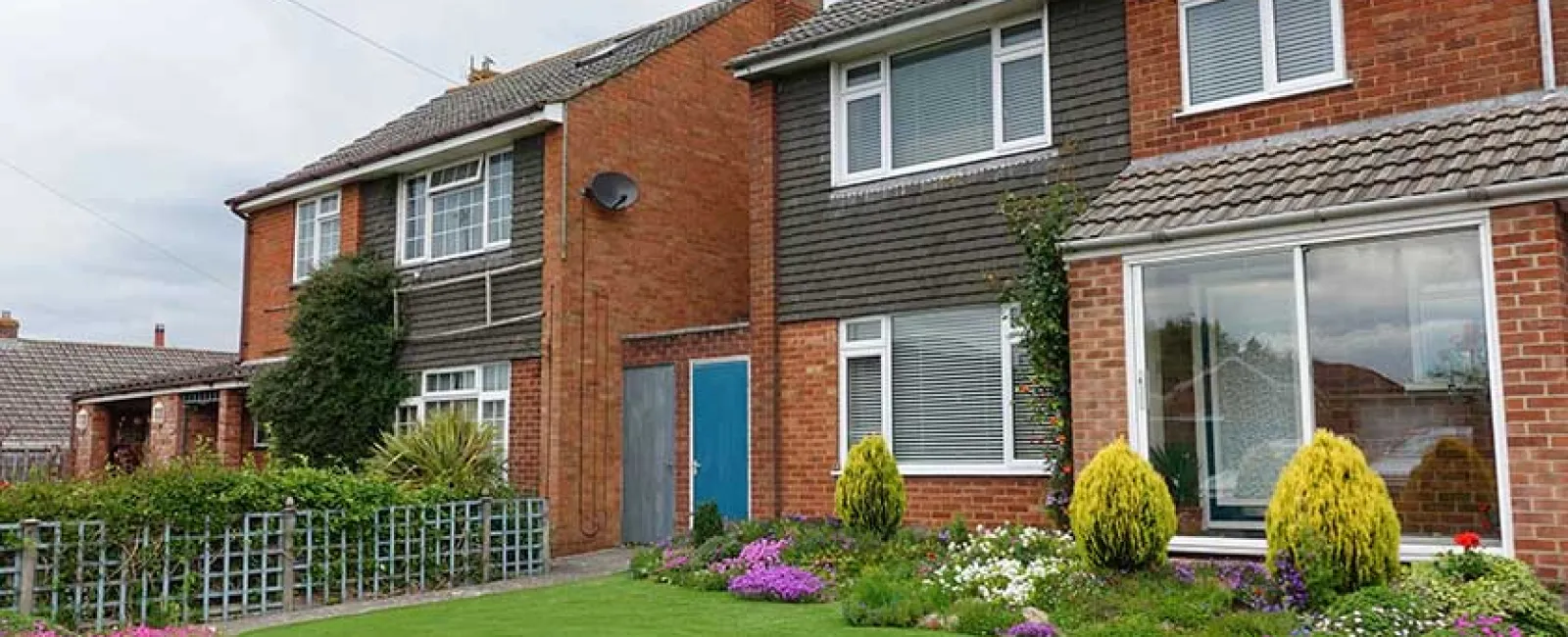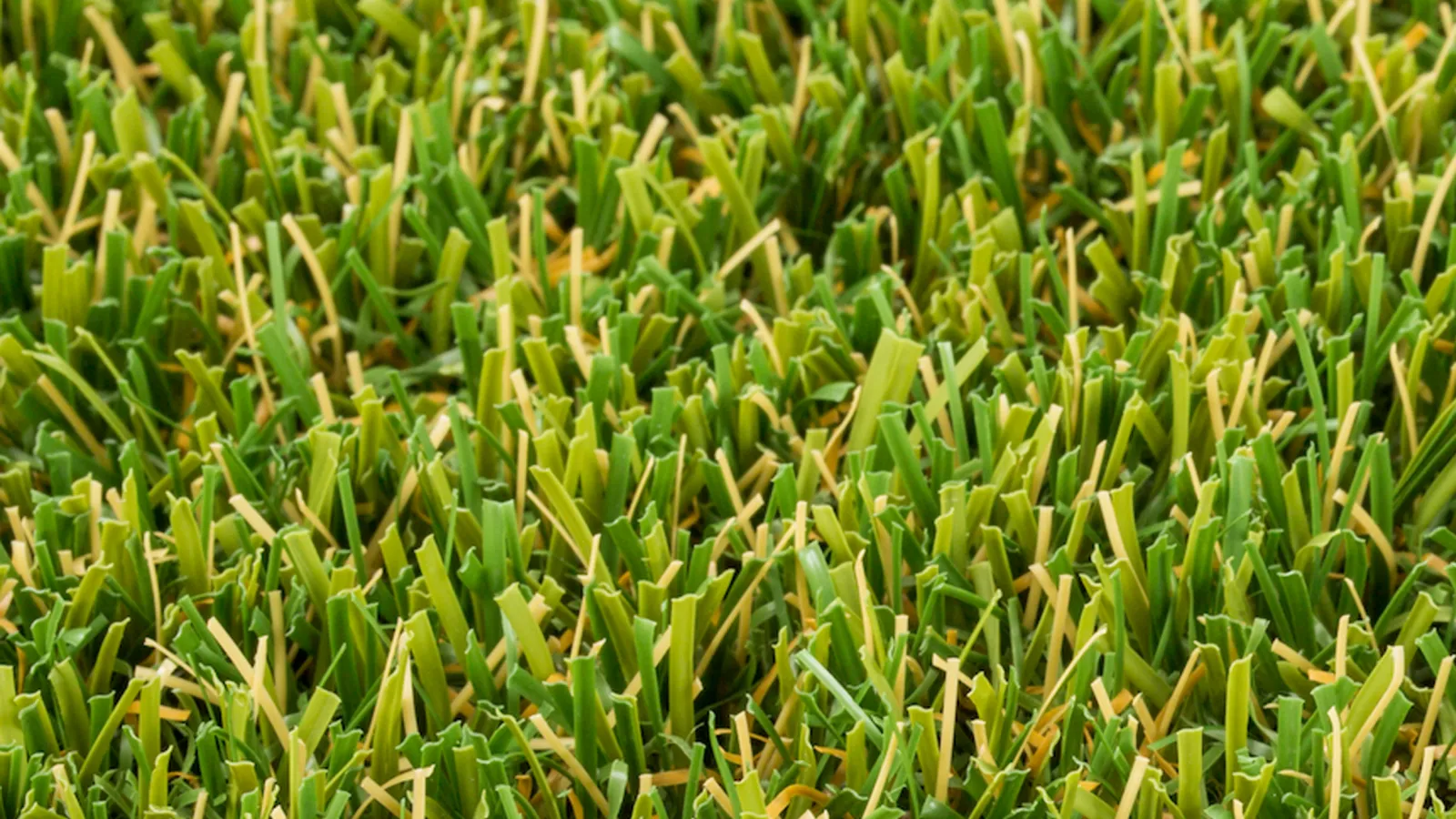Choosing between artificial grass and real grass is one of the biggest decisions you will make for your outdoor space. You want a yard that looks beautiful, feels welcoming, and fits your lifestyle without adding stress. You might be asking yourself if it is better to stick with real grass or invest in synthetic options that save time and money. We know this is a major decision, and you deserve to know exactly what to expect from each choice.
Cost Comparison Between Artificial Grass and Real Grass
The cost of installing a new lawn is often the first thing people consider. Real grass usually has a lower upfront cost because you only need to buy sod or seeds. For many homeowners, this can seem like a smart way to save money. But the story does not end there. Real grass needs regular watering, mowing, feeding, and pest control. These ongoing needs can add up fast. Over time, the total cost of keeping a real lawn healthy will easily pass the initial savings.
You also have to think about repairs. Dead patches, weed infestations, and soil issues mean you will probably spend more money fixing your lawn over the years. These problems might even call for replacing large sections of grass. Artificial grass does cost more at the start. You pay for materials and professional installation, but you will not have to keep spending money every month.
Once your artificial lawn is installed, your maintenance costs drop to almost nothing. You will save on water bills, lawn care services, and buying expensive fertilizers. If you want to invest once and enjoy your lawn for years without constant upkeep, artificial turf might make more sense for you.
Maintenance Needs
One of the most significant differences between real grass and synthetic turf is the amount of maintenance required. Real grass is a living plant. It needs careful care to look good. That means watering it several times a week during warm months, cutting it every week, applying fertilizers seasonally, and dealing with bugs or diseases. Miss a few tasks, and your lawn can turn brown and patchy quickly.
You also have to deal with edging, aerating, and dethatching if you want your grass to stay healthy. These extra steps take even more time and effort. It can feel like a full-time job, especially during the growing season. Artificial grass takes away most of those chores. It does not grow, so you never have to mow it. You will not be dragging out sprinklers or setting timers to keep it alive. Synthetic turf still needs occasional rinsing and brushing to clear debris, but these tasks are quick and easy.
Durability and Longevity
Real grass is sensitive to weather and foot traffic. Heavy use can wear down paths in your lawn. Droughts, storms, and cold snaps can damage or kill natural grass. No matter how much you care for it, nature will always have the final say.
Even small pets and kids can cause damage to natural grass over time. Muddy areas, dry spots, and pest damage can turn a healthy lawn into a patchy mess faster than you think. Artificial turf is built to last. It can handle harsh weather, heavy foot traffic, kids playing, and pets running around without looking worn out. A well-installed synthetic lawn can stay green and attractive for twenty to thirty years.
Environmental Impact
You might think real grass is better for the environment because it is natural. A living lawn can indeed offer some environmental benefits. Grass can cool the air, produce oxygen, and help with soil erosion. But keeping a real lawn alive uses a lot of water. In many areas, lawn watering is the biggest source of household water use. On top of that, fertilizers and pesticides can wash into rivers and harm wildlife.
Cutting back on the use of lawn equipment like gas-powered mowers also matters. Mowers and trimmers release pollution into the air every time they run. Artificial turf may seem less natural, but it can help save water and reduce chemical use. Some synthetic grass products are made from recycled materials, and modern manufacturing methods are more eco-conscious than ever.
Appearance and Feel
Nothing matches the feeling of fresh grass under your bare feet on a summer day. Real grass offers a sensory experience that many people love. It is soft, cool, and alive. It changes with the seasons and connects you to nature in a special way.
Real grass also carries the scent of earth and rain, which many people associate with relaxation. Artificial grass has come a long way from the stiff, plastic-looking turf of the past. Today, high-quality artificial lawns look very close to natural grass.
Different blade lengths, color variations, and soft textures make it hard to tell the difference unless you get very close. If you choose premium products, you will get a beautiful, lush lawn that stays green and neat all year long. Artificial turf can even be customized to match the style of grass common to your area, making it blend naturally with the surrounding landscape.
Allergy Control: A Healthier Outdoor Space
For people who suffer from allergies, the type of grass in the yard can make a big difference. Natural grass releases pollen, especially in spring and summer. Pollen can spread easily through the air, leading to itchy eyes, sneezing, coughing, and stuffy noses. For families with young children, pets, or anyone sensitive to allergens, natural grass can turn a backyard into a source of daily discomfort.
Artificial grass, on the other hand, does not produce pollen. It creates a cleaner outdoor space where you can breathe easier and spend more time outside without worrying about allergy symptoms flaring up.
When you choose artificial turf, you are cutting down on one of the biggest sources of outdoor allergens. This choice can also help reduce the amount of dust and dirt brought into your home. We understand that your outdoor space should feel relaxing and safe. That is why we love offering surfaces that help families enjoy their backyards without the constant worry about health problems caused by pollen and other irritants. If you want a fresh, green space that welcomes everyone, even during peak allergy season, artificial grass is an option worth serious thought.
Heat and Comfort
One drawback to artificial grass is that it can get hotter than natural grass under direct sunlight. Real grass naturally cools itself through a process called transpiration. Turf does not have this ability. On very hot days, artificial lawns can feel warmer to the touch. There are products available that reflect heat better than others. If your yard gets full sun all day, this is something you should think about when choosing between artificial turf vs. natural grass.
Some families solve this issue by placing shade structures or planting trees around the synthetic lawn. You can also lightly spray the turf with water before heavy use to cool it down. While the warmth of artificial grass might be noticeable during peak heat hours, it is not a problem in the mornings or evenings. With a bit of planning, you can enjoy your synthetic lawn without discomfort. Knowing your daily habits and how you use your yard can help you decide if this factor matters much to you.
Impact on Home Value
Having a beautiful lawn can make a big difference when it comes to your home's value. A well-kept yard makes a strong first impression on visitors and potential buyers. Real grass can boost your curb appeal if it is healthy and green. However, if it is patchy, dry, or overgrown, it can hurt the way people view your home. Artificial grass keeps your yard looking perfect all the time. It stays green and full no matter the weather or season. This reliable beauty can make your home stand out in a crowded market.
When people shop for homes, they often look for properties that will not need a lot of work. Seeing an outdoor space that does not need constant watering, mowing, or care can make your property more attractive. Some buyers even prefer artificial grass because they know it will save them money and time after they move in.
If you are thinking about selling your home in the future, investing in a low-maintenance lawn could be a smart move. Choosing artificial turf could help you sell faster and possibly at a better price.
How Weather Affects Real and Artificial Grass
Weather plays a significant role in how well your lawn performs. Real grass struggles in very hot, dry, or cold conditions. Droughts can cause brown patches and dead grass, even with careful watering. Heavy rain can create muddy, soggy spots that are hard to fix. Snow and ice can kill off sections of natural grass during the winter. Even in mild climates, unexpected weather events can undo months of careful lawn care.
Artificial grass provides more stability. It is made to handle all kinds of weather without losing its good looks. Rain flows through the drainage system without creating mud puddles. Snow can be brushed off the surface without harming the turf underneath. Hot weather might make the surface a little warmer, but if you choose quality materials, it will not cause fading or damage.
Pets and Play Spaces
If you have pets or children, your lawn probably sees a lot of activity. Real grass can struggle to keep up. Dogs can dig holes or wear down paths from running. Heavy play can leave bald patches or muddy areas. Dealing with these problems can be frustrating and expensive.
Pets can also create strong odors in real lawns if waste is not removed quickly, especially in wet weather. Artificial grass holds up much better under stress. It gives you a clean and safe surface for kids and pets to enjoy. It dries quickly after rain and does not turn into a mud pit. Special types of synthetic turf are made with drainage systems and antimicrobial backing to handle pet use better.
Installation Time
Getting a new yard is exciting, but the time it takes to complete the project can vary. Natural grass usually needs to be planted or laid down and then cared for while it grows strong. This process often includes watering several times a day, adding fertilizer, protecting the area from foot traffic, and waiting through different growing stages. Depending on the weather, the type of seed or sod, and how often you water, it could take anywhere from a few weeks to a few months before it looks full and healthy enough for regular use.
Artificial grass is ready to use much faster. After professional installation, it looks beautiful right away and can be walked on almost immediately. You will not have to worry about watering, patchy spots, or waiting for seeds to sprout. For families who want to host gatherings, let kids play, or simply enjoy a green yard without delay, artificial grass makes the dream possible.
At Turf Tek, we love giving homeowners the chance to transform their outdoor areas quickly and without all the waiting and extra work that real grass demands. If you are looking for fast results and lasting beauty, artificial turf could be the perfect solution.
Making the Right Choice for Your Home
The decision between artificial grass vs. real grass is personal. It depends on how much time, money, and energy you want to spend on your lawn. It also depends on what you value most. If you love gardening, enjoy lawn work, and live in a climate that supports lush lawns naturally, real grass might suit you better. If you want a low-maintenance, green, and tidy yard without constant attention, artificial grass is an excellent choice.
At Turf Tek, we create beautiful, durable outdoor spaces that bring you peace of mind. Our synthetic grass options look and feel just like the real thing without the hassle of watering, mowing, or worrying about seasonal changes. From luxury home lawns to playgrounds, sports fields, and pet areas, we help you enjoy a clean, fresh yard every day.
You deserve a space that looks great without all the work. If you are ready for a hassle-free, always green yard, we are here to help. Contact us today to get started with your free quote and take the first step toward a beautiful outdoor space you will love.


